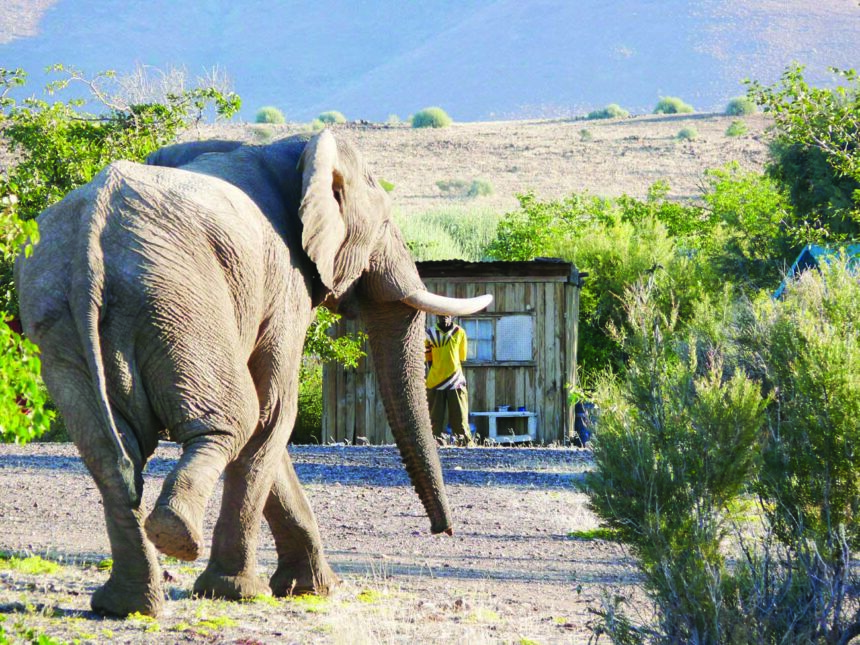Rudolf Gaiseb
The loss of lives due to human-wildlife conflict (HWC) is increasing at an alarming rate, with the Zambezi region the worst affected, says a recent report by Namibia’s parliamentary standing committee on natural resources.
According to the report, this is because the region is situated in the middle of the Kavango, Zambezi Trans-Frontier Conservation Area (KAZA-TFCA), the second largest nature and landscape conservation area, replete with a large elephant population.
Other regions affected by the crisis are Erongo and Kunene, where cases of human-wildlife conflict happen almost every day.
The committee noted that an intervention from the government is required as a matter of urgency to address the situation. The report was compiled between August 2023 and August 2024 and comes as a response to a motion tabled in Parliament by deputy health and social services minister, Ester Muinjangue, in 2023.
The Zambezi region has 15 conservancies and one association, as well as three national parks – Bwabwata, Bamunu, and KAZA-TFCA – which are home to 400 animal species.
The residents of Sangwali area in Judea Lyabboloma constituency of Zambezi region described the national parks in their areas as both a blessing and a curse, because they continue suffering heavy losses from incidences of human wildlife conflict due to their proximity.
Sangwali area borders Nkasa Rupara and Mudumu national parks to the east and to the west respectively.
“In 2020, there were 139 cases, of which 109 were crop field damage, 29 livestock attacks, and one human attack. In 2021, the total number of cases rose to 201 with 193 crop field damage and eight incidences of livestock attacks. In 2022, a total of 188 cases were recorded, 180 of them crop fields damage while eight were livestock attacks. From January to mid-August 2023 alone, more than 180 cases were recorded involving damage to crop fields, livestock attacks and even loss of human lives,” the report added.
Besides the Zambezi region, people in Kavango East and West, Kunene, and Erongo compete for water and crops with animals due to the severe drought the country is facing.
“Wildlife is one of the remaining assets of the natural world with considerable potential to benefit rural communities. However, one of the greatest threats to this wildlife, particularly the more iconic species such as elephants, crocodiles, and lions, arises from HWC, through retaliation for loss of livestock to predators, crop damage by elephants, and loss of human life or injury. It is unfortunate that both wildlife and human beings find it difficult to coexist, resulting in HWC,” the report states.
“The communities out there are devastated by the loss of domestic animals to predators, loss of life as a result of crocodile attacks, and crop damage, including destruction of infrastructure by wild animals, especially elephants,” the report adds.
Zambezi governor Lawrence Alufea Sampofu told the committee the human-wildlife conflict occurs due to the sharing of water points.
“Communities dependent on the [Zambezi] river and resources along the river bring them into conflict with wild animals,” he said.
According to the committee, chief regional officer Reginah Ndopu Lubinda, said the regional council has been exploring ways to restore the region to its former glory as the breadbasket of Namibia by considering other alternatives to wildlife conservation.
This includes reducing the size of conservancies to allow communities to farm and produce enough food for their livelihood.
“The Zambezi region has quite a number of conservancies, which cannot cater to all communities, hence the need for exploring other means of survival, agriculture in particular. The region needs to strike a balance to ensure people do not go hungry while protecting wildlife animals.”
–rrgaiseb@gmail.com


